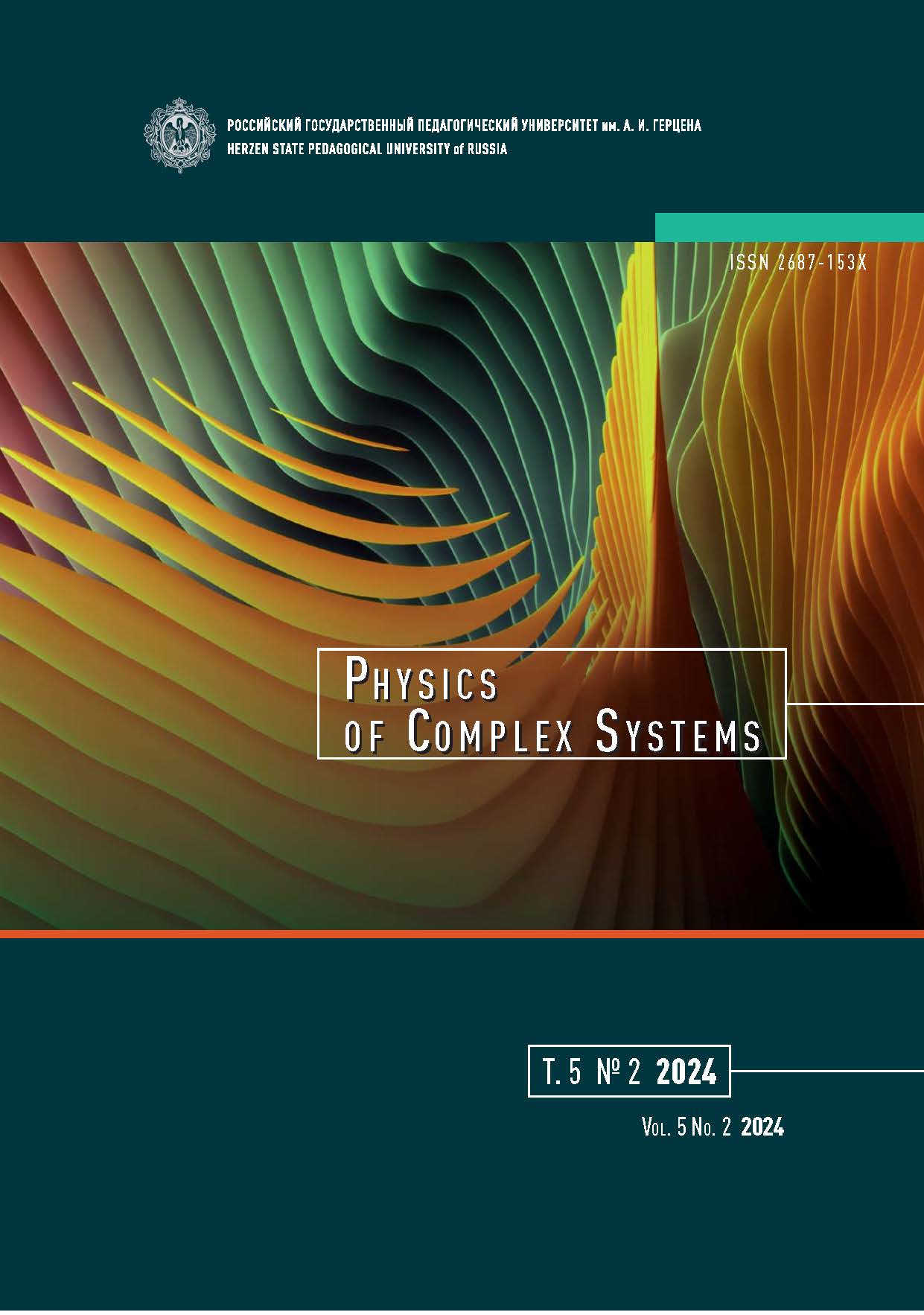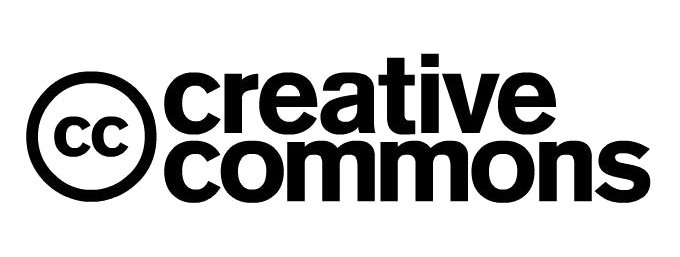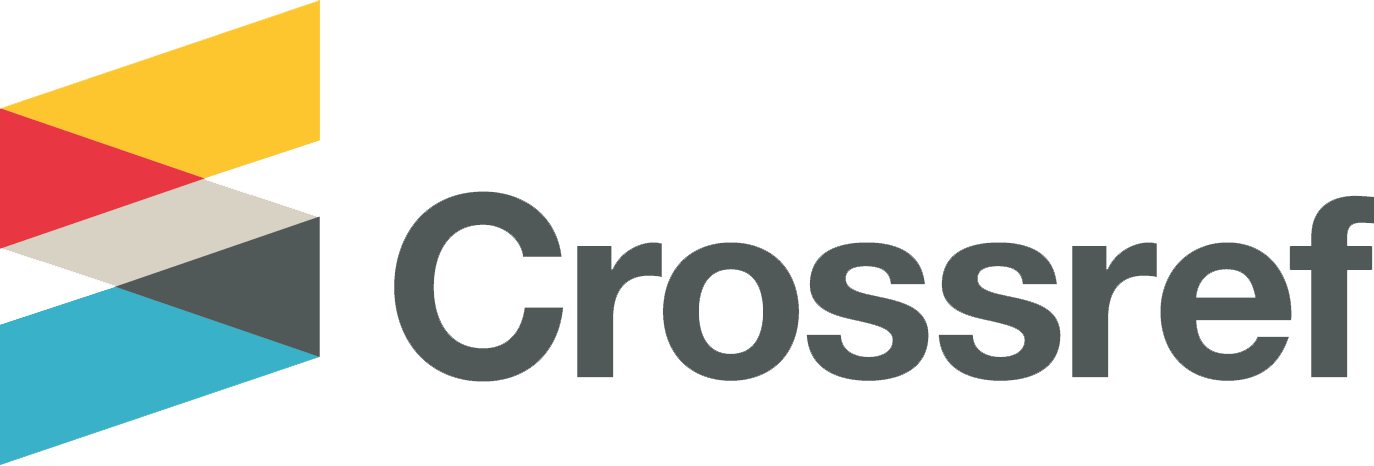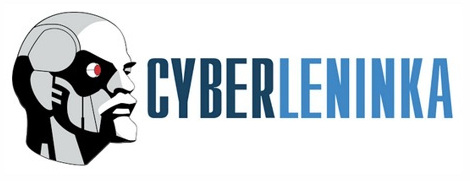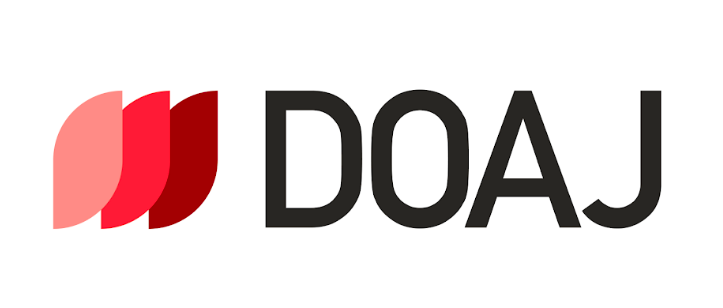Piezoelectric properties of spherulite thin films of lead zirconate titanate
DOI:
https://doi.org/10.33910/2687-153X-2024-5-2-60-66Keywords:
Piezoelectric force microscopy, lead zirconate titanate thin films, radial-radiant spherulitic microstructure, mechanical stresses, surface potentialAbstract
We studied thin films of lead zirconate titanate, characterized by a spherulitic radial-radiant microstructure, the composition of which corresponds to the region of the morphotropic phase boundary, using the piezoelectric response force microscopy method. Features of the vertical and lateral piezoresponses and the surface potential (Kelvin mode) were revealed. We also compared the piezoelectric response with the radial microstructure features and mechanical stresses formed in the films as a result of crystallization of the perovskite phase from the amorphous phase.
References
Alkoy, E. M, Alkoy, S., Shiosaki, T. (2007) The effect of crystallographic orientation and solution aging on the electrical properties of sol-gel derived Pb(Zr0.45Ti0.55)O3 thin films. Ceramics International, 33 (8), 1455–1462. https://doi.org/10.1016/j.ceramint.2006.06.010 (In English)
Balke, N., Bdikin, I., Kalinin, S. V., Kholkin, A. L. (2009) Electromechanical imaging and spectroscopy of ferroelectric and piezoelectric materials: State of the art and prospects for the future. Journal of the American Ceramic Society, 92 (8), 1629–1647. https://doi.org/10.1111/j.1551-2916.2009.03240.x (In English)
Cox, D. E., Noheda, B., Shirane, G. (2005) Low-temperature phases in PbZr0.52Ti0.48O3: A neutron powder diffraction study. Physical Review B, 71 (13), article 134110. https://doi.org/10.1103/PhysRevB.71.134110 (In English)
Izyumskaya, N., Alivov, Y.-I., Cho, S.-J. et al. (2007) Processing, structure, properties, and applications of PZT thin films. Critical Reviews in Solid State and Materials Sciences, 32 (3–4), 111–202. https://doi.org/10.1080/10408430701707347 (In English)
Kiselev, D. A., Staritsyn, M. V., Senkevich, S. V. et al. (2023) Radially oriented lateral self-polarization in spherulitic lead zirconate titanate thin films. Technical Physics Letters, 49 (11), 45–47. (In English)
Kolosov, V. Yu., Tholen, A. R. (2000) Transmission electron microscopy studies of the specific structure of crystals formed by phase transition in iron oxide amorphous films. Acta Materialia, 48 (8), 1829–1840. https://doi.org/10.1016/S1359-6454(99)00471-1 (In English)
Kolosov, V. Yu., Veretennikov, L. M., Startseva, Yu. B., Schvamm, C. L. (2005) Electron microscopy study of a chalcogenide-based polycrystalline condensate microstructure: The effect of composition and thickness on internal lattice bending. Semiconductors, 39 (8), 955–959. https://doi.org/10.1134/1.2010692 (In English)
Kooi, B. J., De Hosson, J. Th. M. (2004) On the crystallization of thin films composed of Sb3.6Te with Ge for rewritable data storage. Journal of Applied Physics, 95 (9), 4714–4721. https://doi.org/10.1063/1.1690112 (In English)
Lutjes, N. R., Zhou, S., Antoja-Lleonart, J. et al. (2021) Spherulitic and rotational crystal growth of Quartz thin films. Scientific Reports, 11 (1), article 14888. https://doi.org/10.1038/s41598-021-94147-y (In English)
Musterman, E. J., Dierolf, V., Jain, H. (2022) Curved lattices of crystals formed in glass. International Journal of Applied Glass Science, 13 (3), 402–419. https://doi.org/10.1111/ijag.16574 (In English)
Pronin, I. P., Kaptelov, E. Yu., Gol’tsev, A. V., Afanasjev, V. P. (2003) The effect of stresses on self-polarization of thin ferroelectric films. Physics of the Solid State, 45 (9), 1768–1773. https://doi.org/10.1134/1.1611249 (In English)
Pronin, V. P., Dolgintsev, D. M., Osipov, V. V. et al. (2018) The change in the phase state of thin PZT layers in the region of the morphotropic phase boundary obtained by the RF magnetron sputtering with varying targetsubstrate distance. IOP Conference Series: Materials Science and Engineering, 387, article 012063. https://doi.org/10.1088/1757-899X/387/1/012063 (In English)
Pronin, V. P., Senkevich, S. V., Elshin, A. S. et al. (2023) Spherulitic microstructure of thin PZT films. Physics of Complex Systems, 4 (2), 81–87. https://doi.org/10.33910/2687-153X-2023-4-2-81-87 (In English)
Shtukenberg, A. G., Punin, Yu. O., Gujra,l A., Kahr, B. (2014) Growth actuated bending and twisting of single crystals. Angewandte Chemie International Edition, 53 (3), 672–699. https://doi.org/10.1002/anie.201301223 (In English)
Shtukenberg, A. G., Punin, Yu. O., Gunn, E., Kahr, B. (2012) Spherulites. Chemical Reviews, 112 (3), 1805–1838. https://doi.org/10.1021/cr200297f (In English)
Song, L., Glinsek, S., Defay, E. (2021) Toward low-temperature processing of lead zirconate titanate thin films: Advances, strategies, and applications. Applied Physics Reviews, 8 (4), article 041315. https://doi.org/10.1063/5.0054004 (In English)
Spierings, G. A. C. M., van Zon, J. B. A., Larsen, P. K., Klee, M. (1993) Influence of platinum-based electrodes on the microstructure of sol - gel and MOD prepared lead zirconate titanate films. Integrated Ferroelectrics, 3 (3), 283–292. https://doi.org/10.1080/10584589308216719 (In English)
Staritsyn, M. V., Fedoseev, M. L., Kiselev, D. A. et al. (2023a) Ferroelectric properties of lead zirconate titanate thin films obtained by RF magnetron sputtering near the morphotropic phase boundary. Physics of the Solid State, 65 (2), 290–295. https://doi.org/10.21883/PSS.2023.02.55414.531 (In English)
Staritsyn, M. V., Pronin, V. P., Khinich, I. I. et al. (2023b) Microstructure of spherulitic lead zirconate titanate thin films. Physics of the Solid State, 65 (8), 1312–1318. https://doi.org/10.61011/PSS.2023.08.56577.140 (In English)
Zhigalina, O. M., Khmelenin, D. N., Valieva, Yu. A. et al. (2018) Structural features of PLZT films. Crystallography Reports, 63 (4), 646–655. https://doi.org/10.1134/S1063774518040314 (In English)
Downloads
Published
Issue
Section
License
Copyright (c) 2024 Stanislav V. Senkevich, Dmitry A. Kiselev, Mikhail V. Staritsyn, Evgeny Yu. Kaptelov, Igor P. Pronin

This work is licensed under a Creative Commons Attribution-NonCommercial 4.0 International License.
The work is provided under the terms of the Public Offer and of Creative Commons public license Creative Commons Attribution 4.0 International (CC BY 4.0).
This license permits an unlimited number of users to copy and redistribute the material in any medium or format, and to remix, transform, and build upon the material for any purpose, including commercial use.
This license retains copyright for the authors but allows others to freely distribute, use, and adapt the work, on the mandatory condition that appropriate credit is given. Users must provide a correct link to the original publication in our journal, cite the authors' names, and indicate if any changes were made.
Copyright remains with the authors. The CC BY 4.0 license does not transfer rights to third parties but rather grants users prior permission for use, provided the attribution condition is met. Any use of the work will be governed by the terms of this license.
